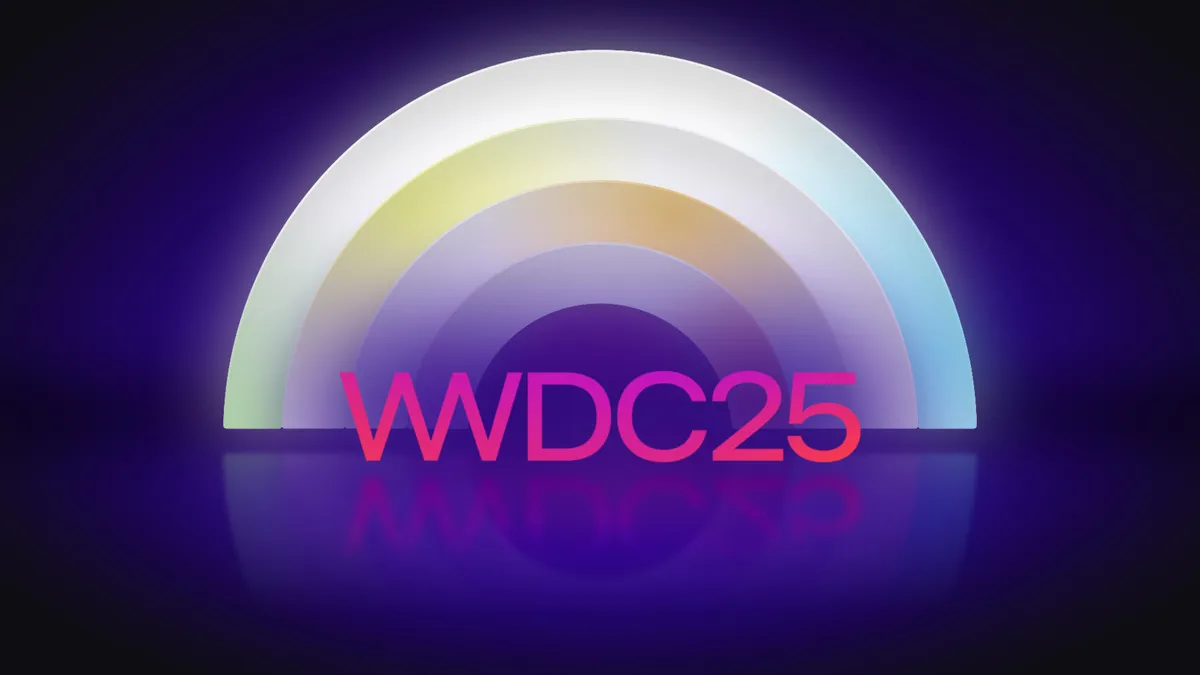Apple held its annual Worldwide Developers Conference in San Jose on June 10, 2025, and it used the event to outline its roadmap for the year ahead. The company introduced its new Liquid Glass design across all platforms and showed off the next release of its operating systems. The announcements also covered powerful updates to AI features, fresh tools for developers, and changes to iPad multitasking that bring it closer to the Mac experience.
The Liquid Glass design marks the biggest visual update Apple has made since it moved to flat icons more than a decade ago. It gives every interface element a sheet of translucent material that reacts to movement and lighting. The effect makes buttons, sliders, sidebars, and app icons look as if they float above the background, catching highlights as the user scrolls. The design adapts to light and dark modes without any lag, because the system renders reflections in real time. Apple said it built this new style with its latest silicon chips, and it plans to roll it out on iPhone, iPad, Mac, Watch, and Vision Pro before the end of 2025.
Apple also showed iOS 26, which features more than just a new look. The Phone app now merges favorites, recent calls, and voicemails into a single view that users can scroll through. Messages gains new options for group chats, including polls, custom backgrounds, and an indicator that shows when someone is typing. Users can send and receive Apple Cash right inside the chat window. And the home screen now supports interactive widgets that expand when tapped, giving quick access to weather details or smart home controls.
A major focus of the keynote remained on Apple Intelligence, the company’s umbrella term for its on device AI tools. The headline feature is Live Translation, which works inside Messages, FaceTime, and the Phone app. It can show translated captions during a video call and speak translated text in a phone conversation while keeping the original speaker’s voice intact. The system processes everything on the device, so conversations never leave the user’s hardware. Apple also built an API so third party apps can add call translation features. Developers will find these tools in the new Foundation Models Framework, which gives them access to Apple’s language and vision models for use in their own apps.
iPad software saw big multitasking improvements that edge it closer to the Mac experience. Users can now open the same app in two windows side by side, drag content between them, and use floating toolbars that stay on top of content. The dock got a makeover with a new shelf area for recent or pinned items. And drag and drop works across full screen apps, so it feels just like it does on a MacBook. Apple said these changes will help professionals treat their iPad as their main computer for tasks like slide design, photo edits, and remote work.
On the Mac side, macOS Tahoe brings a similar Liquid Glass style and integrates better with iOS devices. Universal Control now handles three devices at once, and Quick Note can pull content from any open app. Safari adds shared tab groups, letting friends keep a joint set of bookmarks and tabs in sync. And the new Apple Games app provides a hub where users can find and launch titles from Apple Arcade or their own collection.
Apple wrapped up with previews of watchOS 12 and visionOS 2, both of which adopt the Liquid Glass look and pick up AI translation too. It said all of its upcoming software updates will reach users this fall. Developers can download preview builds today and test their apps on the new design and features. And Apple will host lab sessions and workshops through July and August, giving teams one on one time with engineers. With this slate of changes, Apple set the stage for a year of visual polish and smarter tools that aim to help users get more done on every device.

